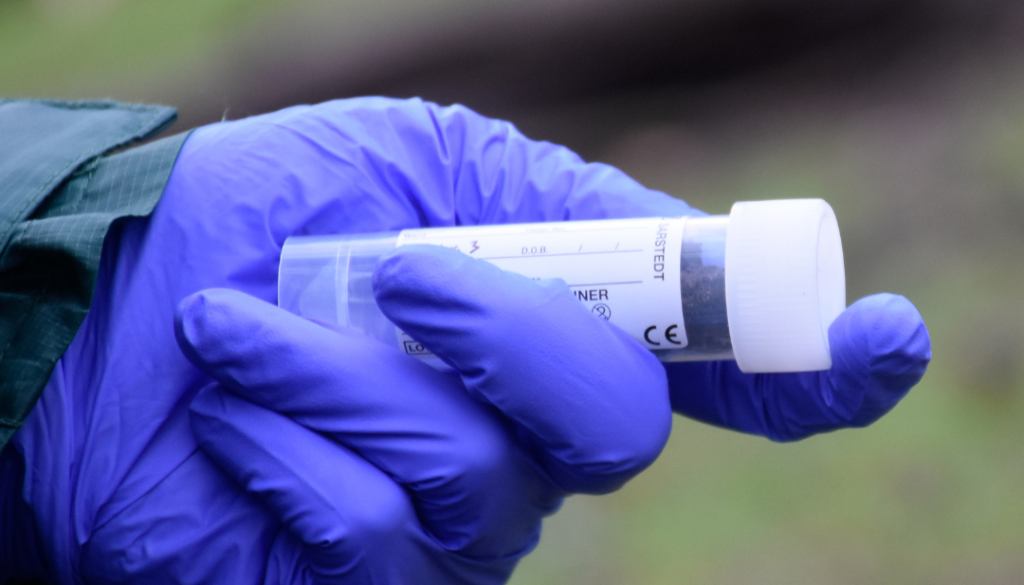Poo-nique Research at Trentham Monkey Forest!
Hey fellow primate enthusiasts! Hold on to your bananas because we’ve got some wild and cheeky news – Matt Gardiner, the PhD wizard from Liverpool John Moore’s University, is on a mission to decode the secrets hidden in monkey poop!
You heard it right – Matt’s not on a crazy, dung-fuelled scavenger hunt. Instead, he’s pioneering a ground-breaking way to measure faecal glucocorticoid levels in our Barbary macaques.
Matt Gardener a PhD student from Liverpool John Moores University collected monkey faeces to trial a new measure of gut health analysis. Matt travelled to Morocco in April and used the techniques he practised here at Monkey Forest- to conduct the same studies on wild Barbary macaques. It is hoped that this new analysis can then be used more widely with other primates.
Now, you might be wondering, “What’s the scoop on faecal glucocorticoids?” Well, buckle up, because it’s all about the health of these fascinating primate adventurers.
Why Poo Matters: The Inside Scoop on Monkey Health
Turns out, the levels of faecal glucocorticoids can spill the beans on a monkey’s well-being. Matt believes that by perfecting his method here at Trentham Monkey Forest, he could extend a helping hand to the wild Barbary macaques residing in Morocco. Imagine using poo science for the greater good of primates!
Enter Fourier-Transform Infrared Spectrometry: A Poo-nique Approach
Matt’s got his eyes on a potential game-changer – Fourier-Transform Infrared spectrometry. It’s not as complicated as it sounds, promise! This cutting-edge method could be the key to measuring faecal glucocorticoid concentrations in a more affordable and efficient way. Think of it as the next level of primate health detective work!
Monkey Forest has supported in-situ conservation and research since its inception in 2005. We pride ourselves in the research we facilitate, often directly helping wild primates.
Matt’s results are in the pipeline, but we hope this research helps further support the monkey in the wild.
Stay tuned for more updates as more and more primate conservation projects unfold at the forest.

